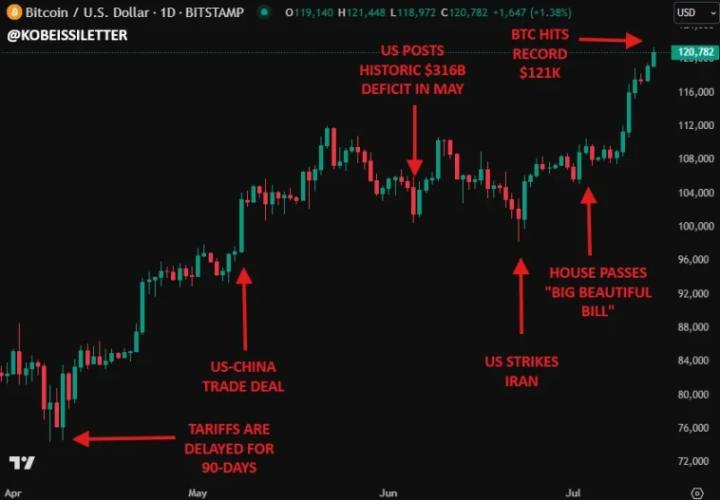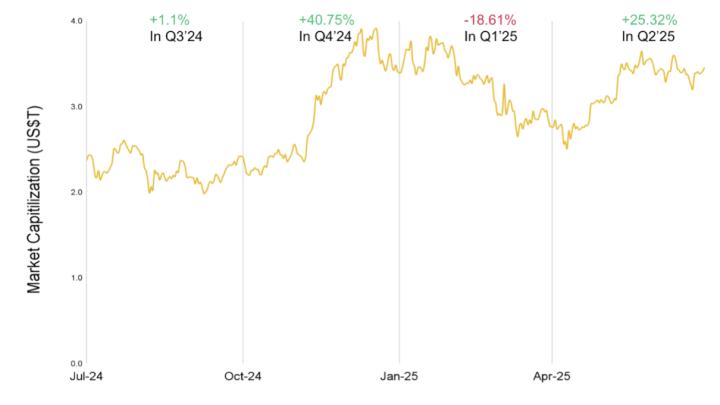Therefore, Bitcoin's narrative is evolving from "digital gold" to "systemic insurance". Raoul Pal, founder of Global Macro Investor (GMI), believes that the old world financial system led by central banks has collapsed due to debt and population issues, and investors must seek a new value storage paradigm. The movement of institutional capital is the best proof, with net inflows of Bitcoin and Ethereum ETFs exceeding $14.6 billion in the second quarter of 2025. As Pantera Capital stated, with traditional financial giants like BlackRock and Fidelity entering the market, the reasons that previously deterred institutional investors have been "completely cleared".
Ultimately, the core conflict of this macro drama is not a simple partisan dispute, but a paradigm struggle between centralization and decentralization. The chaos in Washington is a manifestation of the centralized model failing under unsustainable debt pressure; while capital flows to Bitcoin are seeking a rule-based, credibly neutral decentralized alternative.
Navigating the Grand Narrative
The market turbulence in 2025, from tech stock sell-offs to Federal Reserve turmoil, is not isolated noise, but different movements of the same grand symphony. They collectively herald the theme of an era: trust in centralized authority is systematically disintegrating, triggering a global sector rotation.
When political scepters can arbitrarily strike independent monetary policies, and fiscal black holes force the printing press to become the only choice, the market's risk-aversion logic must fundamentally change. In this new macro regime, seeking a value storage medium that is mathematically certain, transparently rule-based, and politically neutral is no longer a utopian imagination of a few geeks, but an increasingly clear rational financial strategy. This broader rotation, starting from tech stocks and ultimately extending to Bitcoin, is the most profound market expression of this historic transformation.







